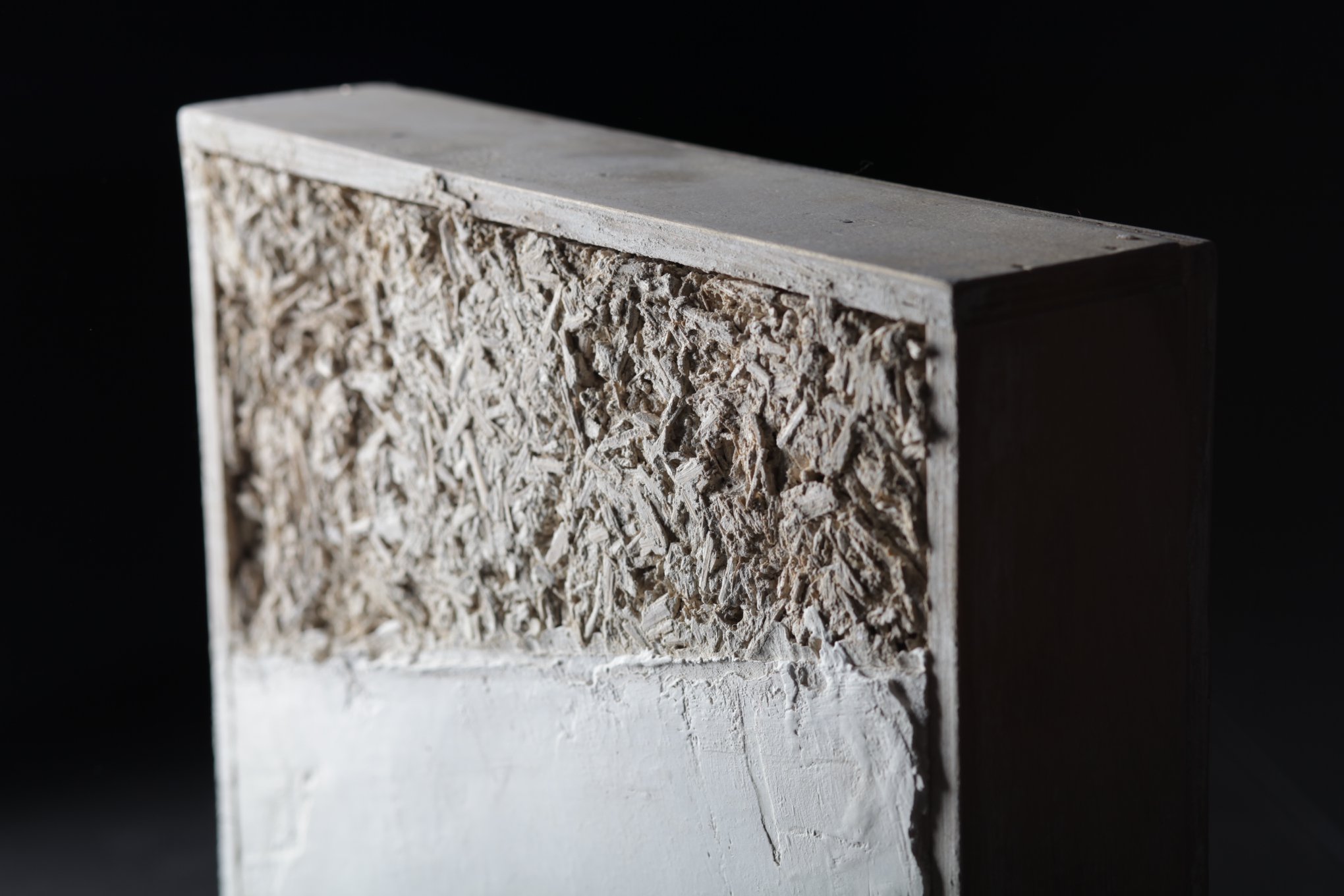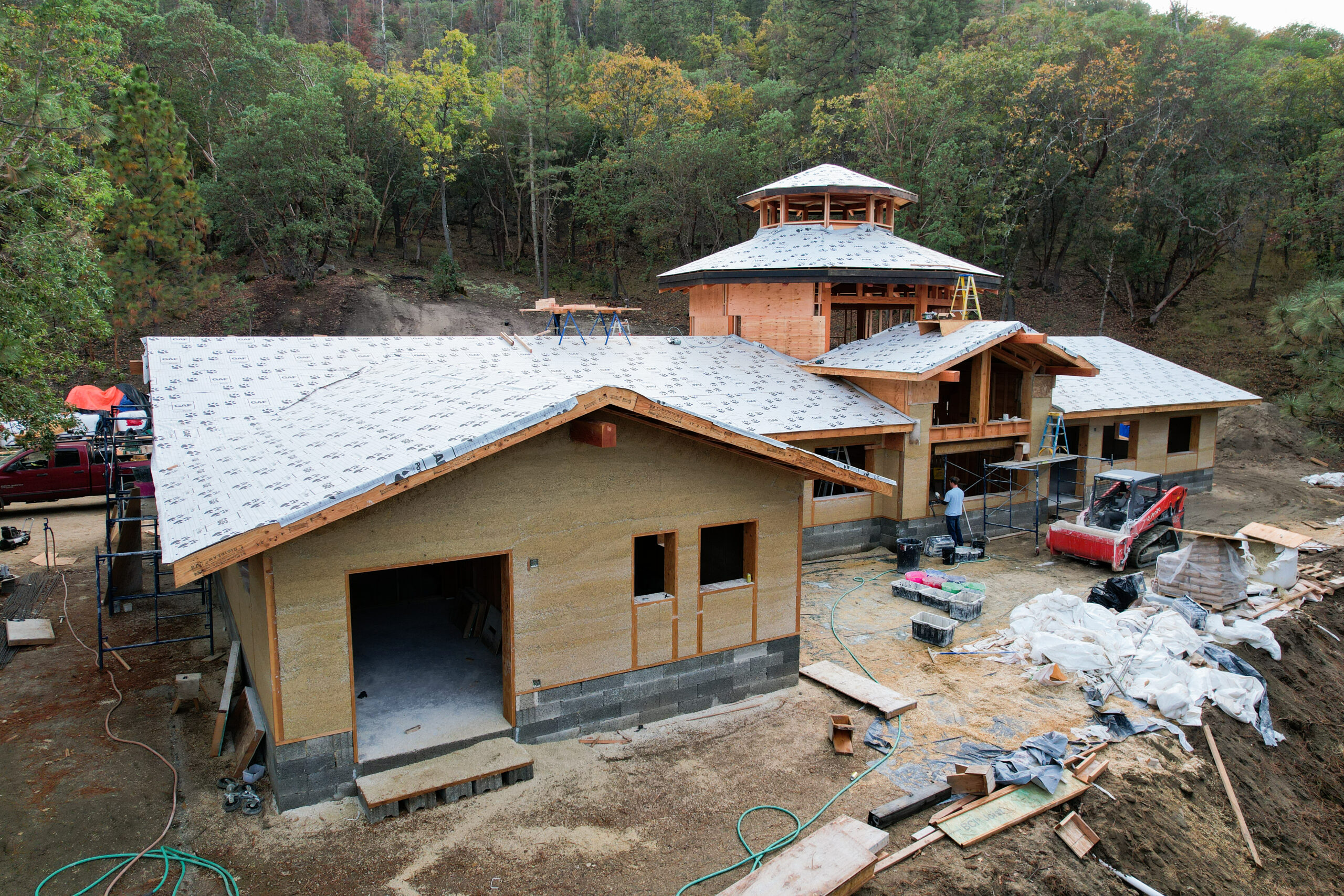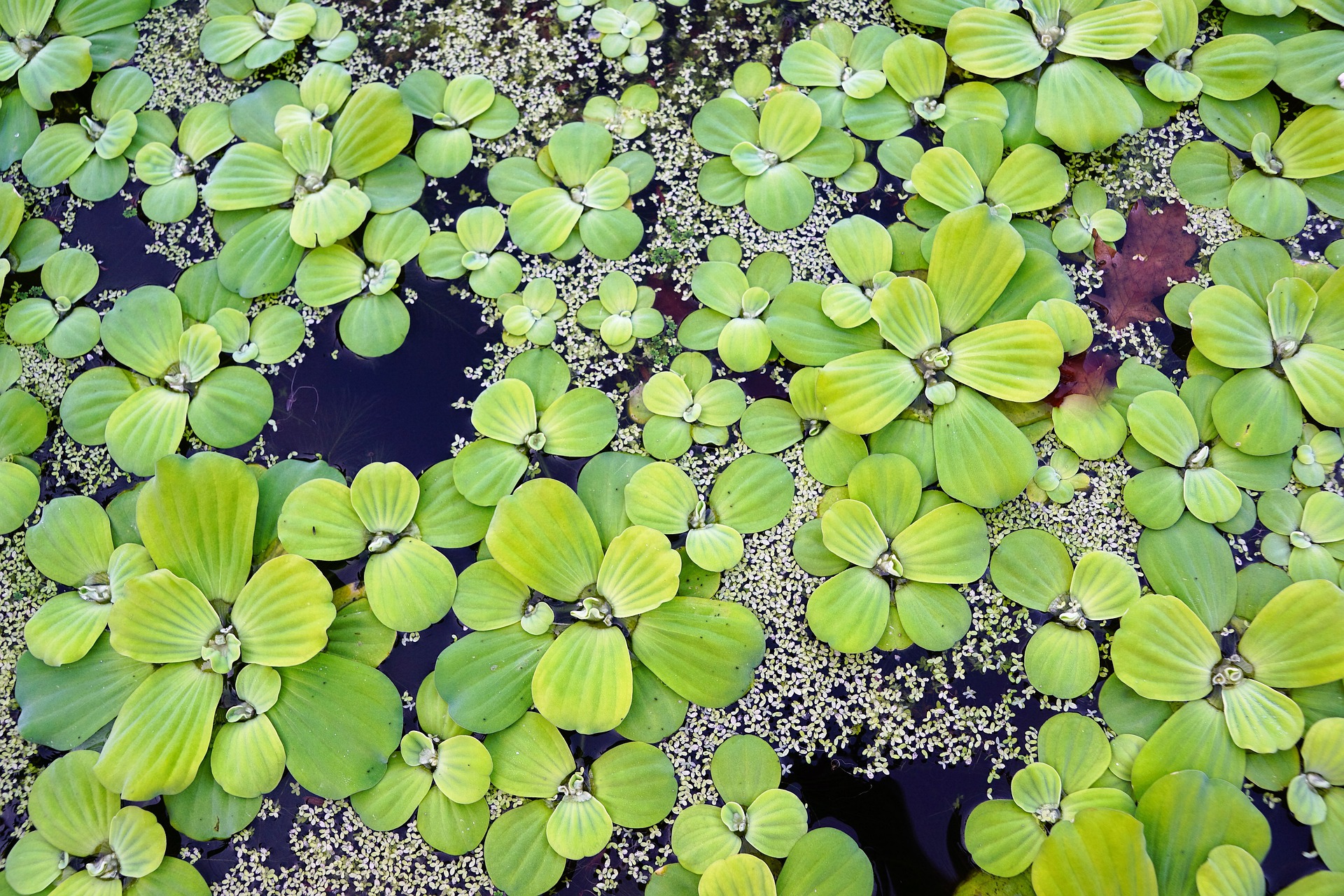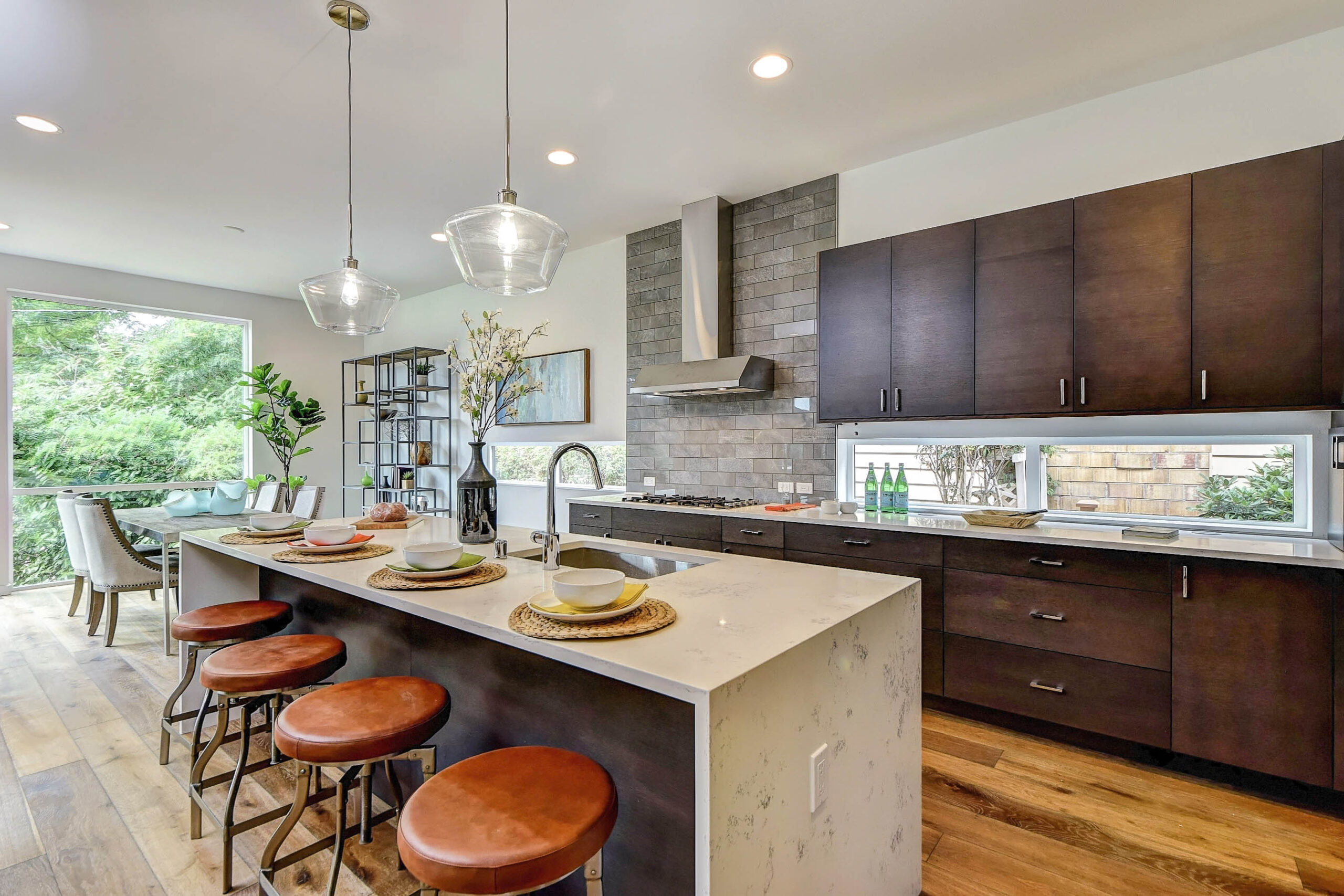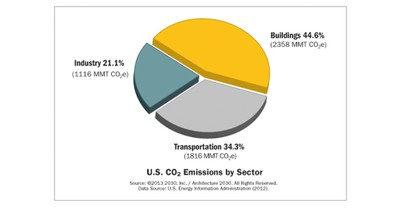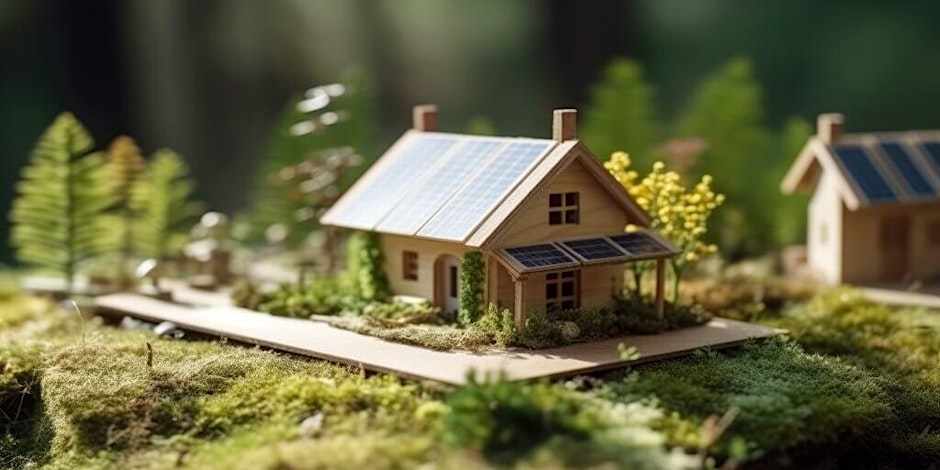The vast majority of today’s green homes are visually indistinguishable from conventional homes. The difference is in the details. Green homes feature healthier indoor air quality, optimize energy and water efficiency, help promote a cleaner environment, and reduce our ecological footprint. Today, green homes include new construction, remodels, or even traditional homes. The vast majority of green homes are traditional stick-built homes, however, options also exist for natural building such as strawbale, rammed earth, super adobe, bamboo, insulated concrete forms, clay/straw wall systems, and structural insulated panel systems. However, some of these building styles are more prevalent in other geographic regions.
